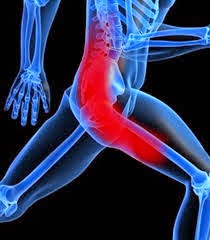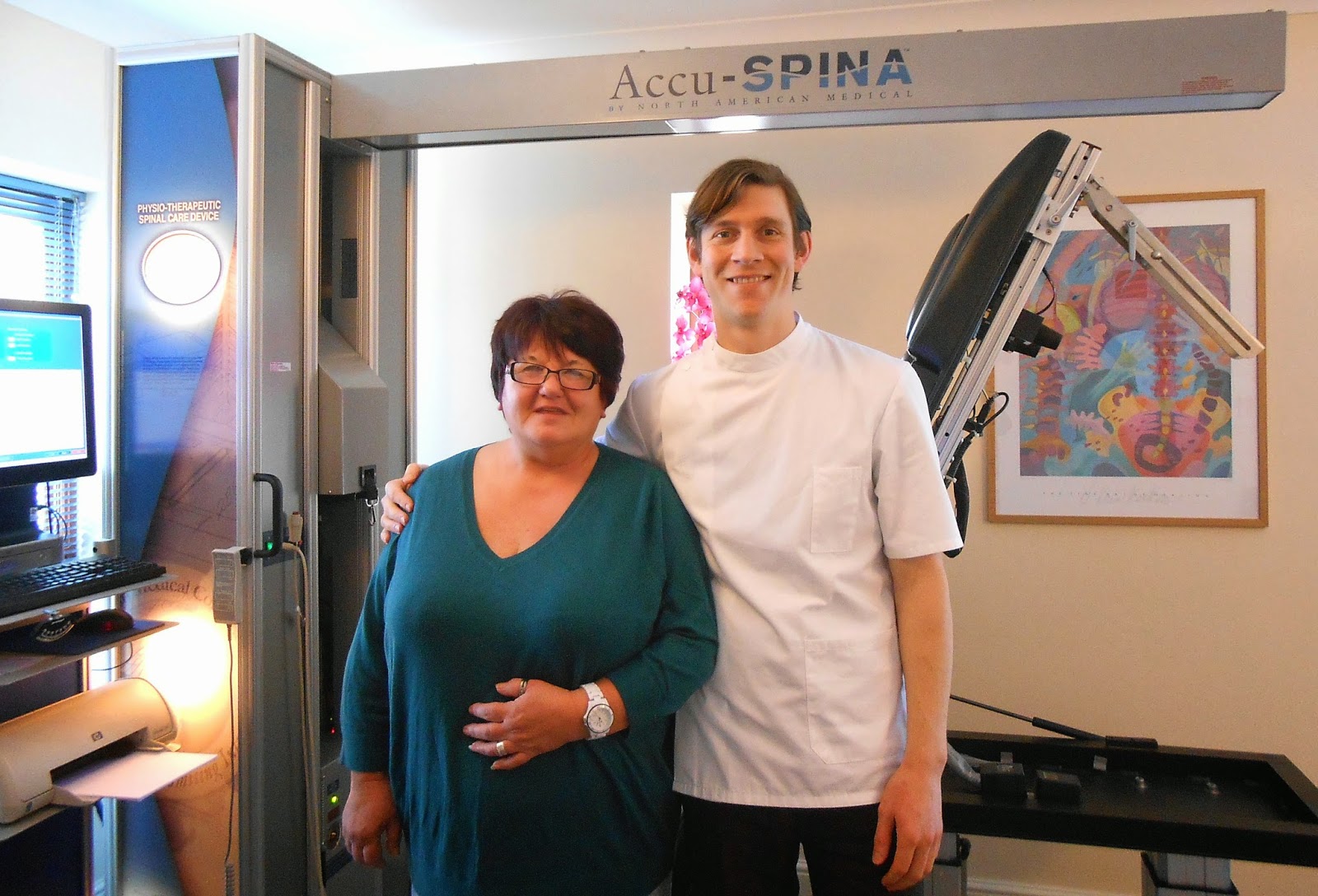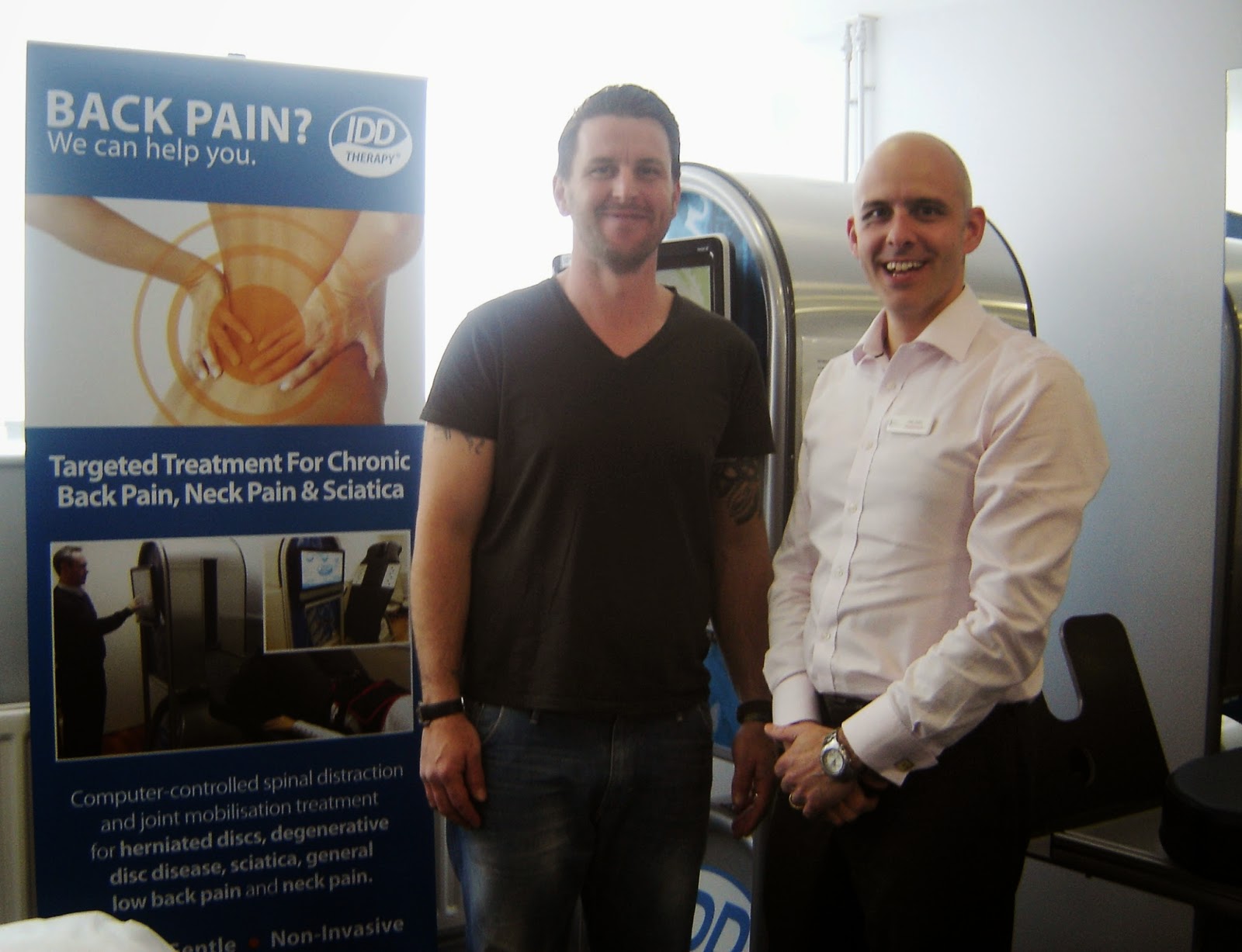What is sciatica?
The term sciatica is used to describe the inflammation and/or compression of the sciatic nerve – the longest nerve in the body which runs from the back of the pelvis through the buttocks and down both legs to the feet.
Sciatica is commonly associated with a bulging or herniated disc. A bulgingdisc is when the whole or part of the disc bulges outside of its normal space between the vertebrae. A herniateddisc is when the inner nucleus of the disc actually ruptures out of its casing. Both conditions – which are sometimes commonly referred to as a ‘slipped’ disc– can cause compression or irritation of the sciatic nerve. Other causes of sciatica include spinal stenosis (narrowing of the nerve passages in the spine), a spinal injury or infection, or a growth or tumour within the spine.
Sciatica caused by a herniated or bulging disc
The spine has 24 individual bones (vertebrae) stacked on top of each other. Discs are the protective pads of connective tissue dividing them – the ‘shock absorbers’ which protect the spine when we run or jump.
In rare instances, the nerves at the bottom of the spinal cord can become compressed. Known as Cauda Equina (see below), this can result in urinary and/or bowel incontinence and is a medical emergency which may require immediate surgery.
If symptoms are severe, your GP may prescribe a mild opiate-based painkiller such as Codeineor a muscle relaxant such as Diazepam.
Sciatica exercises – consisting of stretching and core-strengthening in order to support the spine – can reduce pain and provide conditioning to prevent future recurrences.
Awkward working positions such as those where the ‘trunk’ is twisted or hand is above the shoulder; heavy lifting; playing golf; excessive driving and walking (for more than 1 hour at a time) are all linked with sciatica.
Bridging the gap between hands-on physical therapy and invasive procedures, the IDD Therapy programme offers a non-invasive targeted disc treatment for patients with sciatica or symptoms indicating a disc herniation or bulge.
Safe and gentle pulling forces are used to distract (draw apart) and mobilise specific spinal segments where discs are damaged or herniated, removing pressure and irritation from targeted discs and trapped nerves.










